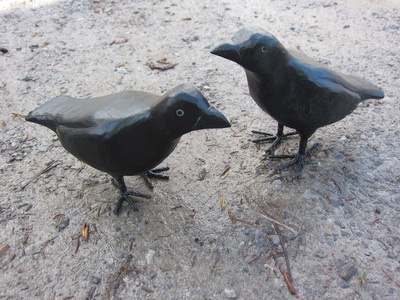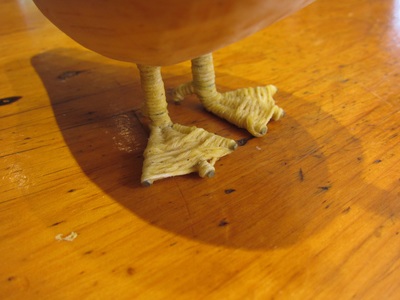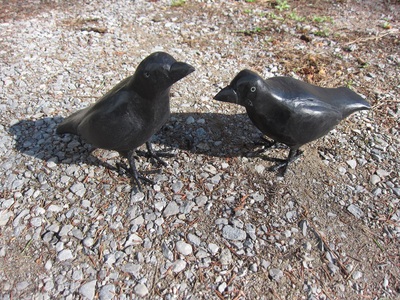Folk Art as Creative Place to Start
Folk Art encompasses art produced from an indigenous culture by “common folk” or other laboring tradespeople. In contrast to what is known as fine art, folk art is primarily utilitarian and decorative rather than purely aesthetic. Folk Art is characterized by a naive style, in which traditional rules of proportion and perspective are not always employed. The nature of folk art is usually specific to its particular culture and the geography in which is was made. Canadian folk art is often referred to as Canadiana.
Characteristically folk art is not influenced by developments in academic or fine art circles, and, in most cases, folk art excludes works executed by professional artists and sold as fine art to the society's art patrons. On the other hand, some 18th and 19th century North American folk art painters made their living by their work, including itinerant portrait painters, some of whom produced large bodies of work. Most folk artists traditionally learned skills and techniques through apprenticeships in informal community settings.
What makes folk art a good project for developing woodworkers is the simplicity of the designs and a the level of rudimentary craftsmanship employed. The appearance of fasteners, tools marks, and material imperfections are thought by many to enhance the finished product. In some cultures leaving a flaw in a piece is intentional so as not to be seen emulating their deity. This is useful reasoning and I have used it often for mistakes in my folk art handiwork! If someone comments about a mark just say, “It’s Folk Art, that’s the way it is supposed to look!”
Here is a photo collection of folk art cows, horses, seagulls, crows and chickens.
Characteristically folk art is not influenced by developments in academic or fine art circles, and, in most cases, folk art excludes works executed by professional artists and sold as fine art to the society's art patrons. On the other hand, some 18th and 19th century North American folk art painters made their living by their work, including itinerant portrait painters, some of whom produced large bodies of work. Most folk artists traditionally learned skills and techniques through apprenticeships in informal community settings.
What makes folk art a good project for developing woodworkers is the simplicity of the designs and a the level of rudimentary craftsmanship employed. The appearance of fasteners, tools marks, and material imperfections are thought by many to enhance the finished product. In some cultures leaving a flaw in a piece is intentional so as not to be seen emulating their deity. This is useful reasoning and I have used it often for mistakes in my folk art handiwork! If someone comments about a mark just say, “It’s Folk Art, that’s the way it is supposed to look!”
Here is a photo collection of folk art cows, horses, seagulls, crows and chickens.

















